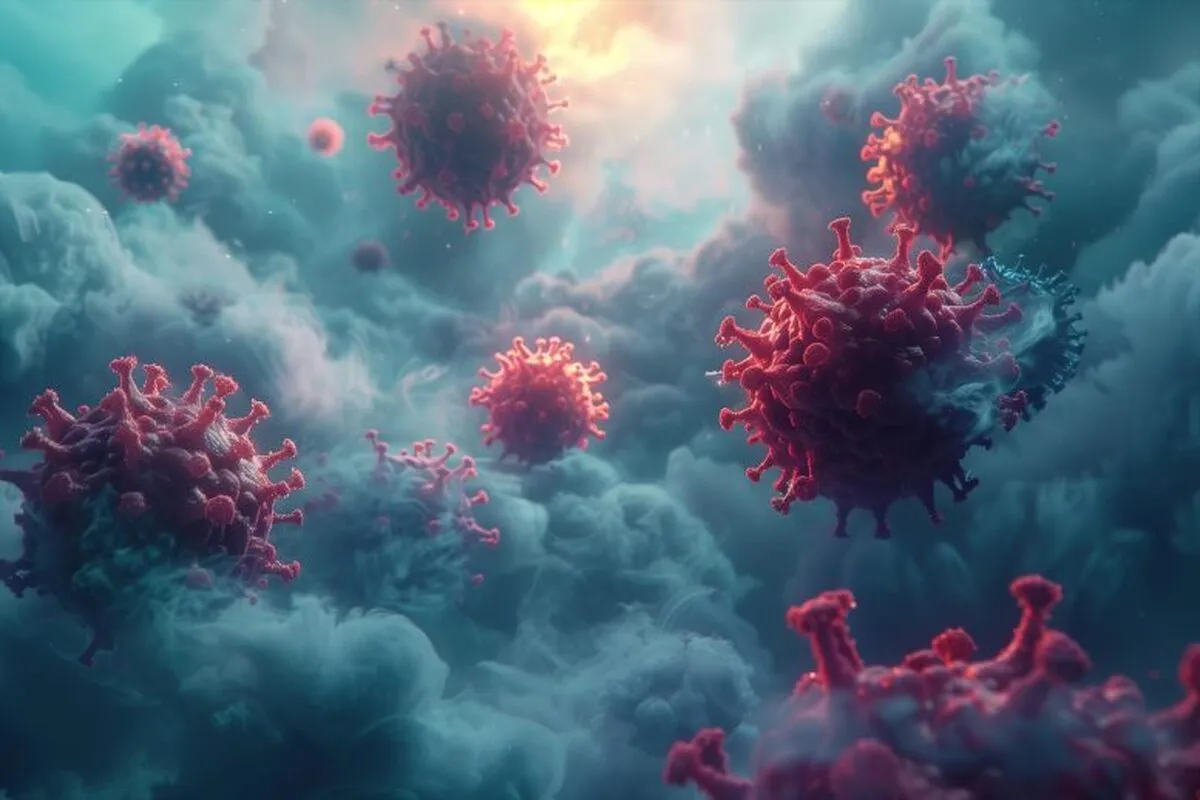Study: After 2 Years, 30% of Young Individuals Suffer of Long COVID

A UCL study found that 70% of young people with long Covid recovered within 24 months, but recovery was less likely among older teenagers, females, and those from deprived backgrounds.
Researchers emphasized the need for further investigation and collaboration to address unresolved cases.
A new study led by UCL researchers reveals that most young individuals diagnosed with long Covid three months after a positive PCR test had fully recovered within 24 months.
The Children and young people with Long Covid (CLoCK) study, published in Nature Communications Medicine and funded by the National Institute for Health and Care Research (NIHR), is the world’s largest longitudinal cohort study on long Covid in children.
The researchers, led by Professor Sir Terence Stephenson and Professor Roz Shafran (both UCL Great Ormond Street Institute of Child Health), asked young people aged 11 to 17 about their health three, six, 12 and 24 months after taking a PCR test for the Covid virus between September 2020 and March 2021. They also asked them to recall their symptoms at the time of taking the test.
In February 2022, the researchers published a consensus definition of long Covid which involved a young person having more than one symptom (such as tiredness, trouble sleeping, shortness of breath or headaches) alongside problems with either mobility, self-care, doing usual activities, having pain/discomfort, or feeling very worried or sad.
The researchers used this definition for their new study, which examined data from 12,632 young people who had a PCR test for SARS-CoV-2 (the virus that causes COVID-19). They found that around 25-30% of young people met the research definition of long Covid 24 months after their initial PCR test.
Of the 12,632 young people in total, there were 943 who had tested positive when first approached and who provided answers at every time point: three, six, 12 and 24 months after their original test.
Of these 943 young people, 233 met the research definition of long Covid three months after their initial positive test. At six months,135 continued to meet the research definition of long Covid. At 12 months, 94 continued to fulfill the long Covid research definition.
However, only 68 of these 943 children and young people (7.2%) continued to fulfill the long Covid research definition when contacted 24 months after their initial positive test.
This means that 24 months after a proven Covid infection, 165 of the 233 young people (70%) who had long Covid three months after the infection and provided information at every time point in the research had recovered. But 68 of the 233 (30%) had not.
Older teenagers and the most deprived were less likely to have recovered. And, strikingly, females were almost twice as likely to still meet the research definition of long Covid at 24 months, compared to males.
However, the researchers note that they did not assess menstruation and some symptoms (such as headaches and tiredness) may be attributable to pre-menstrual syndrome given the high proportion of girls.
Study Chief Investigator and first author, Professor Sir Terence Stephenson, said: “Our findings show that for teenagers who fulfilled our research definition of long Covid three months after a positive test for the Covid virus, the majority have recovered after two years. This is good news but we intend to do further research to try to better understand why 68 teenagers had not recovered.”
The CLoCK study is a major study funded by the National Institute for Health and Care Research (NIHR) and UK Research and Innovation (UKRI) to help improve understanding of the causes, symptoms, and treatment of the longer-term effects of Covid-19 in people who have not become unwell enough to be admitted to hospital.
The study was co-led by the UK Health Security Agency (UKHSA) in collaboration with researchers at Great Ormond Street Hospital for Children NHS Foundation Trust (GOSH), Imperial College London, King’s College London, Manchester University NHS Foundation Trust, the Universities of Bristol, Cambridge, Edinburgh, Liverpool, Manchester and Oxford, and University College London Hospitals NHS Foundation Trust. CLoCK also works closely with a patient and public involvement advisory group.
Following the 24-month results, data from all time points are now publicly available to other researchers.
The UCL researchers recently published a commentary, alongside colleagues at GOSH and the University of Brighton, on why better collaboration is needed between clinicians, interventionalists, epidemiologists, statisticians and those with lived experience to ensure a more effective, coordinated response ahead of future pandemics.
The symptoms reported by participants at the time of testing are subject to recall bias as they were reported at the time of first contact with the CLoCK study. However, three-month, six-month, 12-month, and 24-month symptoms were reported at the time they were being experienced.
Of the 31,012 children and young people invited to fill in a questionnaire 24-months post-PCR test, 12,632 of them participated and so this is a self-selected group which may introduce bias in the results.
Original PCR tests were taken before the Delta and Omicron variants became dominant, so the findings may not reflect the long-term effects of these variants.
Children and young people self-reported their symptoms. In some instances, such as to assess shortness of breath, it may have been better to conduct in-person medical interviews. However, this was not feasible or practical during the study period.
Importantly, the study primarily focuses on children and young people in England, and the findings may not be directly applicable to other populations or countries with different healthcare systems, vaccination rates, and demographics.
4155/v





















